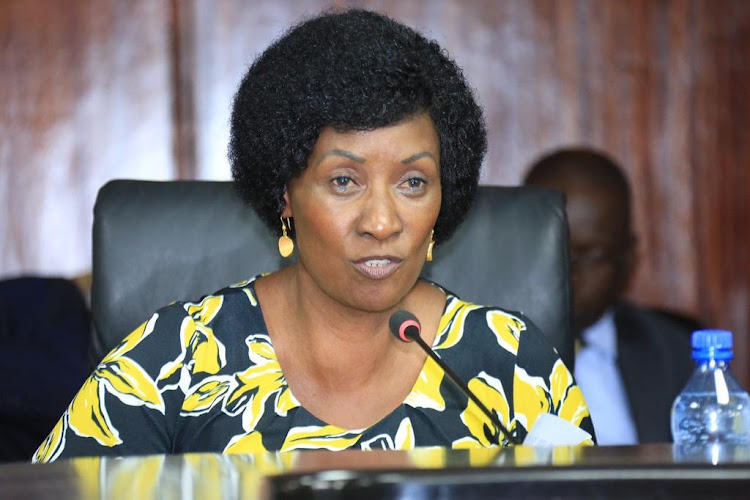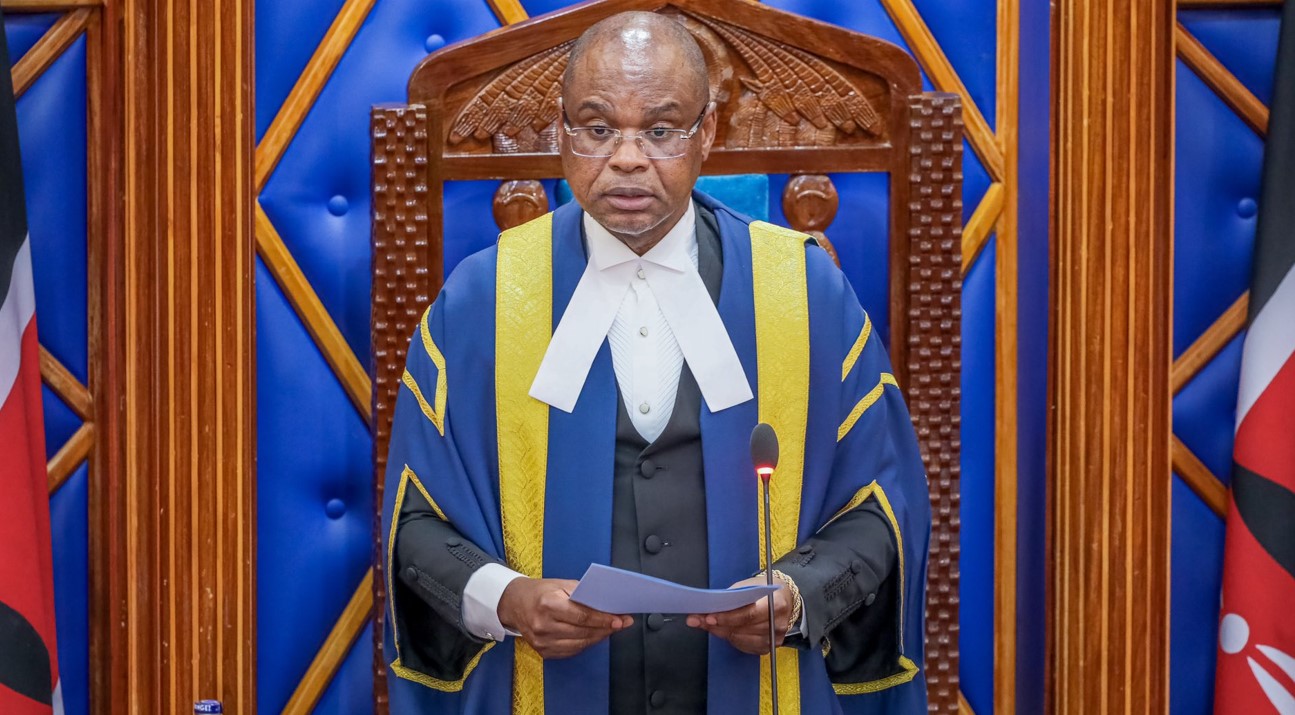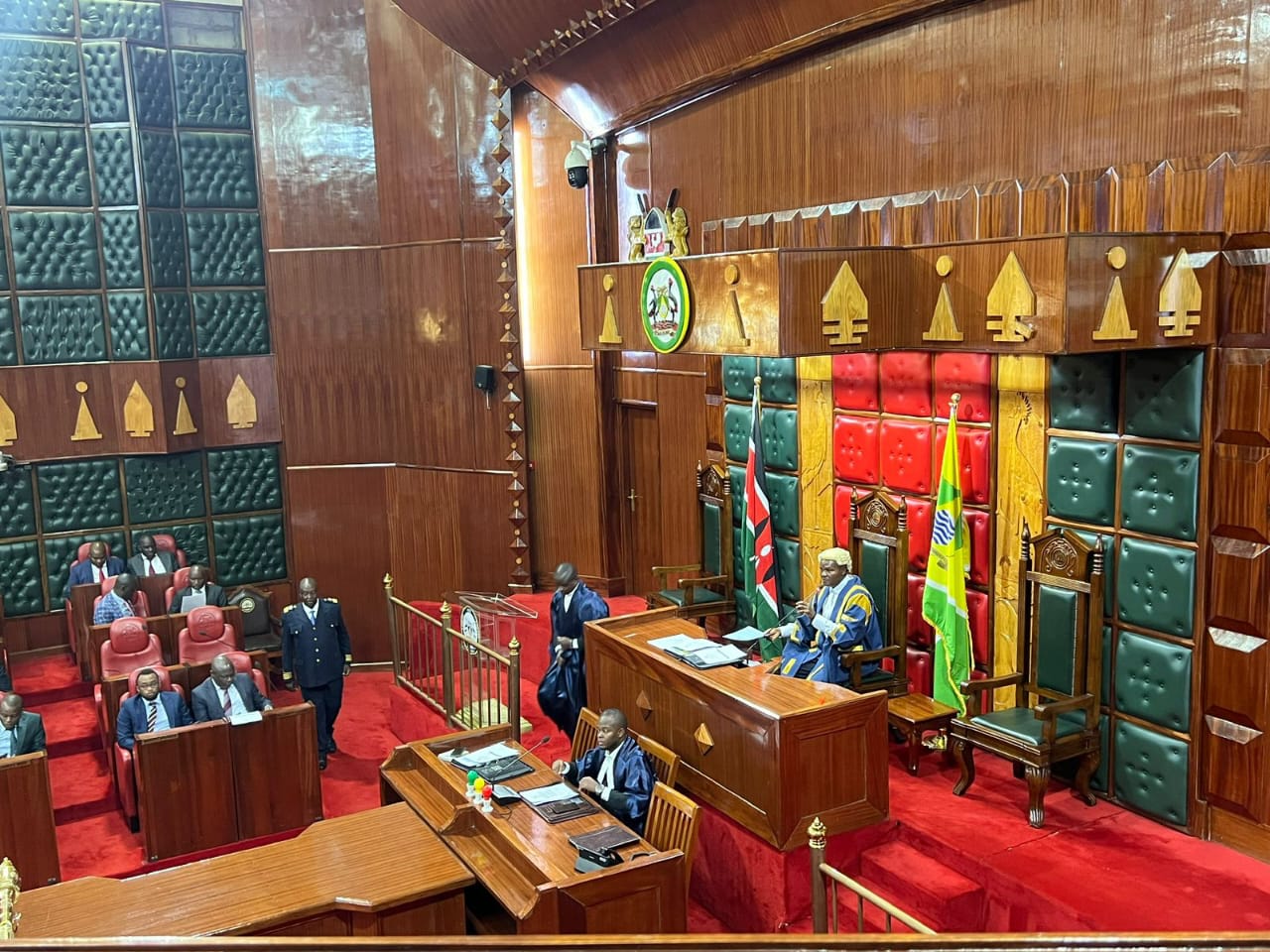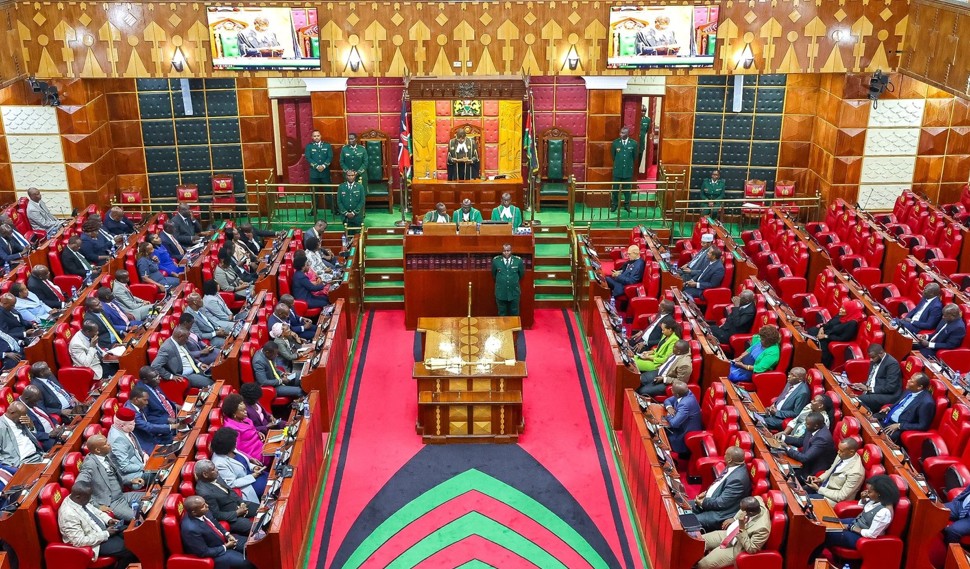East Africa to power Africa’s growth in 2024 despite headwinds
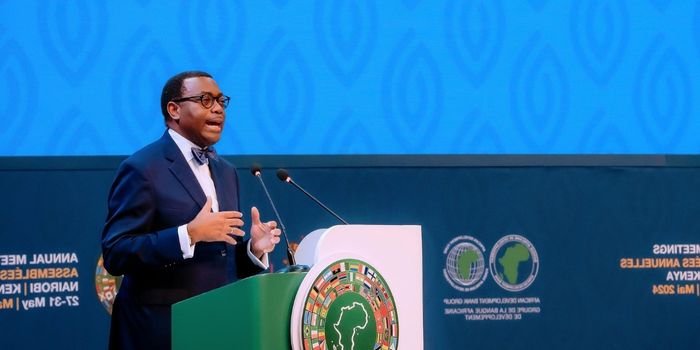
According to the latest African Economic Outlook by the African Development Bank (AfDB), the region is poised to record a 4.9 per cent GDP growth, the highest on the continent.
The East African region will defy the current economic headwinds—floods, the war in Sudan, and the effects of the ongoing war in the Middle East - to post the strongest growth this year.
According to the latest African Economic Outlook by the African Development Bank (AfDB), the region is poised to record a 4.9 per cent GDP growth, the highest on the continent.
More To Read
- African leaders urge US to ramp up investment, rethink tariffs
- Foreign direct investment inflows to developing nations fall to 18-year low, threatening job growth - report
- Mauritania’s Sidi Ould Tah elected AfDB president, succeeding Akinwumi Adesina after close vote
- Africa’s growth not enough to reduce poverty, 90 million more to be poor by 2027 - report
- IMF upgrades Kenya’s economic growth to 4.8pc in 2025 despite regional, global slump
- Rwanda overtakes Kenya to become second freest economy in EAC
The projection is more than a triple upgrade from last year’s 1.5 per cent, which was a downgrade from the 4.5 per cent in 2022.
The lender further projects that the region’s growth prospect will consolidate at 5.7 per cent next year, still the highest projection compared to the other regions.
The North, West, Central, and Southern African regions have been projected to grow by 3.6 per cent, 4.2 per cent, 4.1 per cent and 2.2 per cent, respectively, this year.
Generally, the continent has been projected to grow at 3.7 per cent compared to 3.1 per cent last year.
“The continent’s GDP will further grow by 4.3 per cent in 2025,” the AfDB report reads.
The positive outlook is mainly attributed to the fading away of factors that weighed down growth in the better part of 2023.
These include high inflation, weak global demand weighing down export performance, climate change and extreme weather events affecting agricultural productivity and power generation, and
pockets of political instability and conflict in some countries.
Notably, Kenya's capital, has been projected to grow at 5.5 per cent with inflation averaging 5.8 per cent this year.
Compared to its counterparts in the East African Community—Tanzania, Uganda, Rwanda, Somalia, Burundi and South Sudan—Kenya’s prospects are the fourth strongest.
The country's neighbours have been projected to grow at 5.8 oper cent, 6.5 per cent, 6.7 per cent, 3.8 per cent, 5.2 per cent and -2.0 per cent, respectively.
The AfDB says last year’s lower prospects across the continent were largely affected by the stubbornly high inflation, which increased by three percentage points to 17 per cent from 14 per
cent in 2022.
“The increase reflects a combination of higher local food prices induced by drought-related domestic supply shortages, liquidity overhangs from pandemic-related fiscal and monetary policy stimulus undertaken in 2020–21, and the pass-through effects of currency depreciation against a strong US dollar propelled by high interest rates in the United States,” the lender says.
Across the regions, East Africa had the highest inflation at 26.5 per cent in 2023, with Sudan leading the way at 245.3 per cent.
“The inflation outlook, however, remains unfavourable, with the average rate expected to rise from an estimated 17 per cent in 2023 to 17.8 per cent in 2024 before cooling down to 12.3 per cent in
2025.”
Top Stories Today
Reader Comments
Trending


